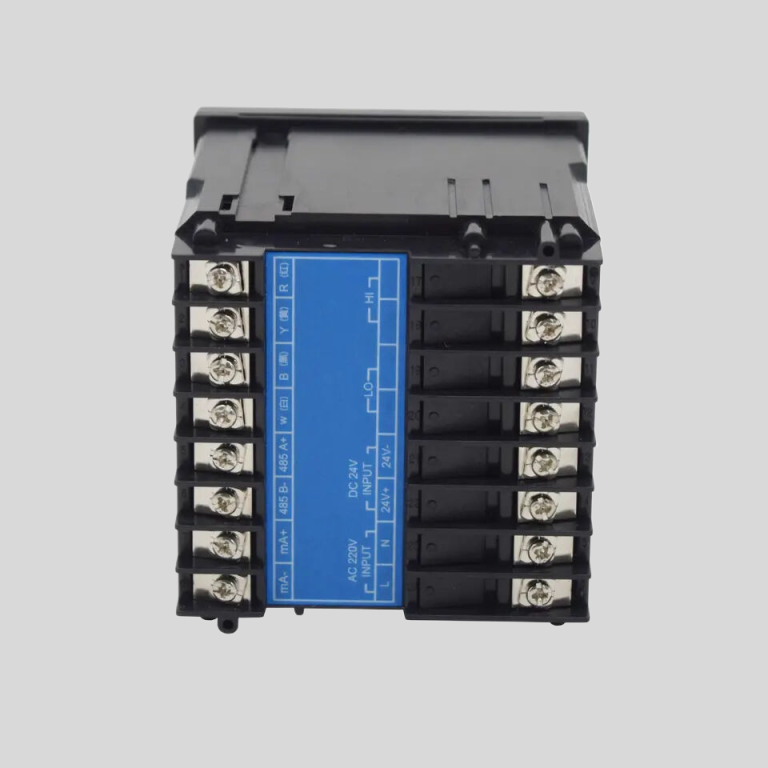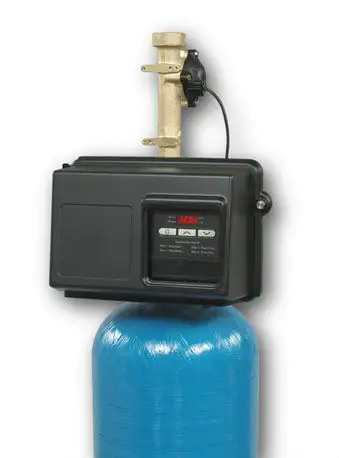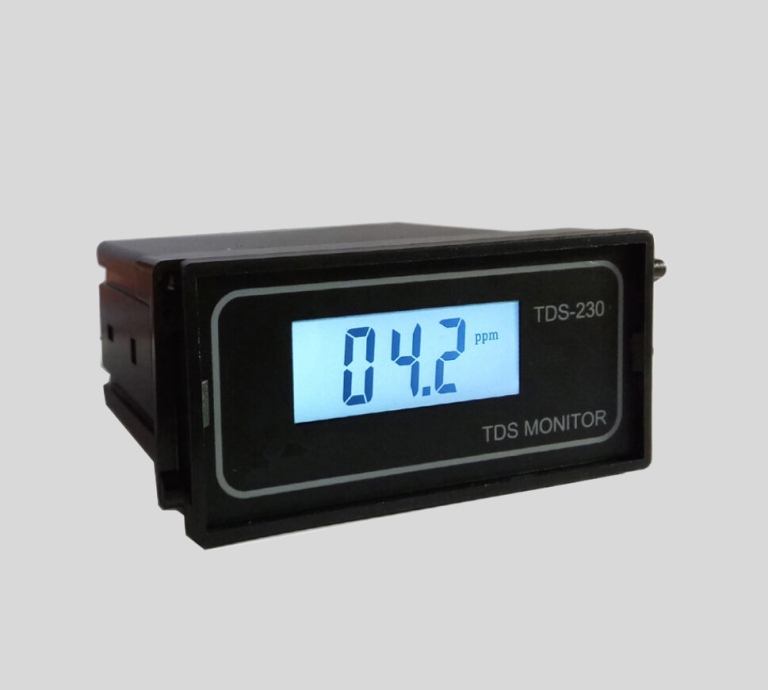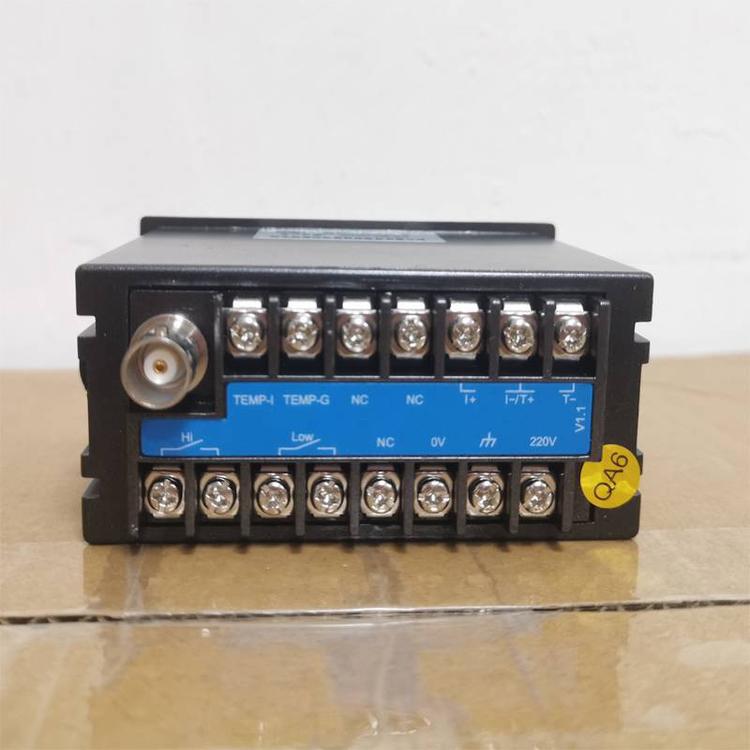“Effortlessly tap into convenience with a saddle valve: The seamless solution for quick and easy water connections.”
Understanding the Functionality of a Saddle Valve
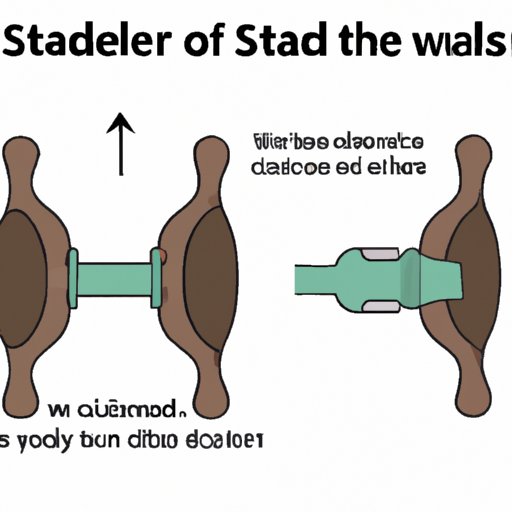
A saddle valve is a small device that is commonly used in plumbing systems to provide a convenient way to tap into an existing water supply line. It is called a saddle valve because it is shaped like a saddle, with a metal bracket that wraps around the water pipe and a valve that is attached to the bracket. This valve allows water to flow through the saddle valve when it is open and stops the flow when it is closed.
The functionality of a saddle valve is relatively simple. It works by piercing the water pipe with a sharp, hollow needle that is attached to the valve. When the valve is closed, the needle is retracted and does not penetrate the pipe. However, when the valve is opened, the needle is pushed forward, piercing the pipe and creating a small hole. This hole allows water to flow through the saddle valve and into the connected tubing or appliance.
One of the key advantages of a saddle valve is its ease of installation. Unlike other types of valves that require cutting and soldering of pipes, a saddle valve can be installed without any special tools or skills. It simply clamps onto the existing water pipe and is secured in place with a screw or bolt. This makes it a popular choice for DIY enthusiasts and homeowners who want to add a new water line without the hassle of hiring a professional plumber.
Another advantage of a saddle valve is its versatility. It can be used to connect a wide range of appliances and fixtures, such as ice makers, humidifiers, and water filters. The saddle valve allows these devices to access the water supply without the need for additional plumbing work. This can be particularly useful in situations where it is not practical or cost-effective to install a separate water line.
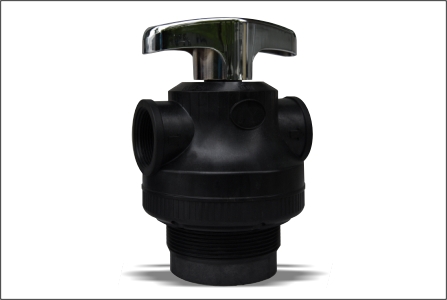
However, it is important to note that saddle valves are not suitable for all applications. They are typically designed for low-pressure systems and should not be used in situations where high water pressure is present. Additionally, saddle valves are not recommended for use with hot water lines, as the heat can cause the valve to deteriorate over time.
| Mode | MF2 | MF2-H | MF4 | MF4-B | MF10 | AF2 & AF2-H | AF4 | AF10 |
| Regeneration mode | Manual | Automatic | ||||||
| Timer by day: 0-99days | ||||||||
| Timer by hours: 0-99hours | ||||||||
| Inlet | 3/4” | 3/4” | 1” | 1” | 2” | 1/2”, 3/4”, 1” | 1” | 2” |
| Outlet | 3/4” | 3/4” | 1” | 1” | 2” | 1/2”, 3/4”, 1” | 1” | 2” |
| Drain | 3/4” | 3/4” | 1” | 1” | 2” | 1/2”, 3/4”, 1” | 1” | 2” |
| Base | 2-1/2” | 2-1/2” | 2-1/2” | 2-1/2” | 4” | 2-1/2” | 2-1/2” | 4” |
| Riser pipe | 1.05”OD | 1.05”OD | 1.05”OD | 1.05”OD | 1.5”D-GB | 1.05”OD | 1.05”OD | 1.5”D-GB |
| Water Capacity | 2m3/h | 2m3/h | 4m3/h | 4m3/h | 10m3/h | 2m3/h | 4m3/h | 10m3/h |
| Working Pressure | 0.15-0.6MPa | |||||||
| Working Temperature | 5-50 °C | |||||||
| Power Supply | AC100-240V/50-60Hz DC12V-1.5A | |||||||
In terms of maintenance, saddle valves are relatively low-maintenance devices. However, it is important to periodically check the valve for any signs of leaks or corrosion. If any issues are detected, the valve should be replaced to prevent further damage to the plumbing system.
In conclusion, a saddle valve is a simple yet effective device that allows for easy tapping into an existing water supply line. Its functionality is based on a needle that pierces the pipe when the valve is opened, creating a small hole for water to flow through. Saddle valves are easy to install and versatile, making them a popular choice for DIY projects. However, they are not suitable for high-pressure systems or hot water lines. Regular maintenance is important to ensure the proper functioning of the saddle valve and prevent any potential leaks or corrosion.

